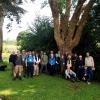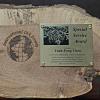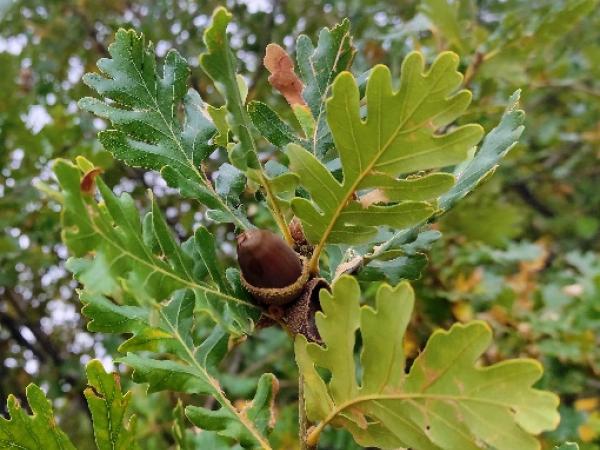Editor's Picks
Plant Focus
A new species of Quercus has been described in Vietnam. Close on the heels of the publication of Quercus sontraensis in August 2022, Quercus mangdenensis H.T. Bing & Ngoc was published in Phytokeys in December 2022, in an article by Nguyen Van Ngoc and the prolific Hoang Thi Binh. With this name, Dr. Binh has since 2018 co-authored eight species of Vietnamese oaks (six of them in collaboration with Dr. Ngoc). This brings the total number of oak species in Vietnam to 50, according to the Oak Names Checklist, confirming its standing as the second most oak-diverse country in Asia behind China.

Source: PhytoKeys
The oak is a 20–25 m evergreen tree with leathery, lanceolate leaves, acute at the apex and broadly wedge-shaped at the base. It has large acorns (up to 10.5 cm long, cupule included; the nut can reach 7.5 cm). It is found in evergreen forests at 1,050–1,200 m elevation. The specific epithet is derived from its type locality, Mang Den Town, in Kon Tum Province in Vietnam.

It is similar to two previously described species: Q. kontumensis, named by Aimée Camus in 1934, and Q. bidoupensis, one of the other species described by Binh and Ngoc in 2018. All three species have lanceolate to oblong-lanceolate leaves, with a wedge-shaped base, and cupules with 5–7 rings. Quercus mangdenensis can be distinguished by its much larger, cylindrical-ellipsoid acorns, and its cupules enclosing only 1/5 of the nut.
Due to its limited area of occupancy and extent of occurrence, the new species has become known to science already in a precarious situation, categorized as Critically Endangered. So far only five subpopulations of 5–7 mature individuals have been found in scattered evergreen forests that are severely fragmented and continue to decline due to human activity.















